10 Best Herbal Juices For Fever

Herbal juices have long been used in traditional medicine to help alleviate symptoms of fever by supporting the body's natural healing processes.
Common herbs like ginger, mint, and echinacea are often included in these juices for their cooling and anti-inflammatory properties. These natural remedies can help reduce body temperature and soothe the discomfort associated with fever. However, it is important to consult with a healthcare professional before using herbal juices, especially for children or individuals with underlying health conditions.
While herbal juices can be a complementary approach to managing fever, they should not replace conventional medical treatments.
FREE Herb Drying Checklist
How to make sure every batch retains maximum flavor, color, and aroma without the risk of mold or over-drying. Eliminate guesswork and trial-and-error, making herb drying faster, easier, and more efficient every time.
Table of Contents
1. Mentha piperita
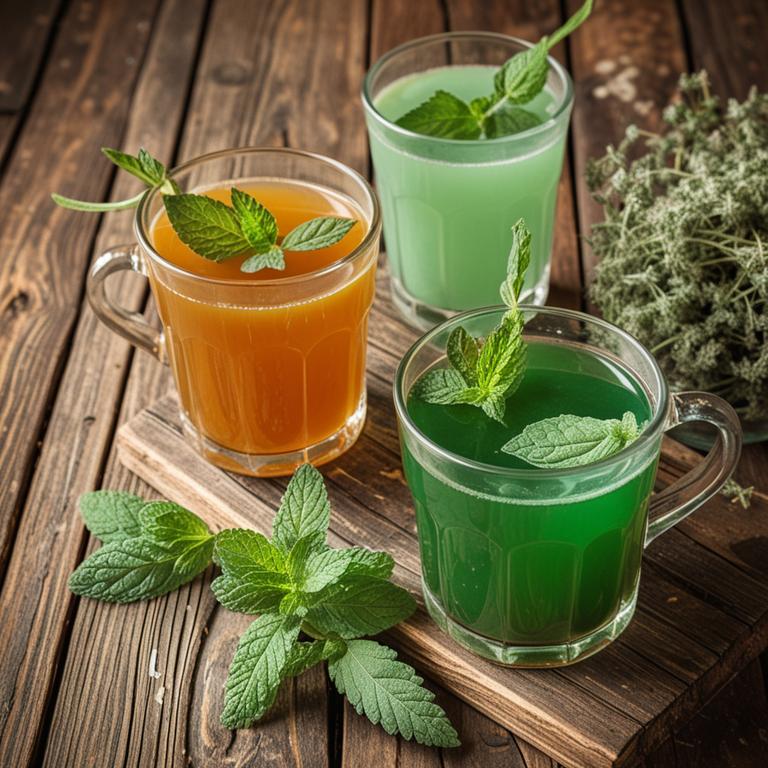
Mentha piperita, commonly known as peppermint, is often used in herbal remedies to help alleviate symptoms of fever due to its cooling and soothing properties.
Peppermint herbal juices are believed to support the body's natural cooling mechanisms and may help reduce body temperature in mild fevers. These juices can also help relieve headaches and muscle aches that often accompany fever, providing a holistic approach to symptom management. However, it is important to consult with a healthcare professional before using peppermint juice, especially for children or individuals with certain medical conditions.
While peppermint may offer some relief, it should not replace conventional medical treatment for fever.
2. Echinacea purpurea
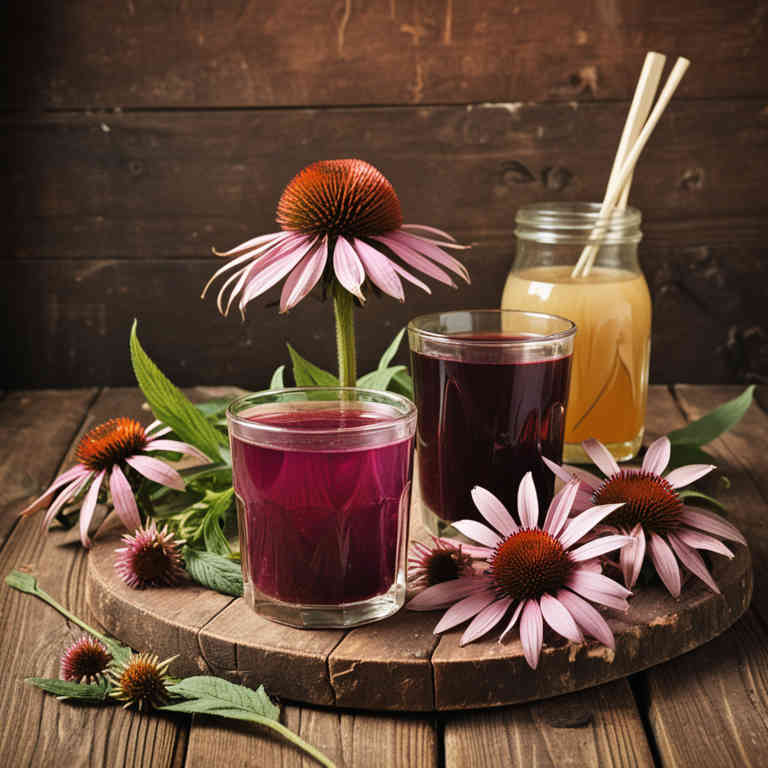
Echinacea purpurea, commonly known as purple coneflower, is a popular herbal remedy traditionally used to support the immune system and may help reduce the duration of colds and fevers.
While it is not a cure for fever, some studies suggest that echinacea may have mild antipyretic properties that could assist in lowering body temperature. Herbal juices made from echinacea are often consumed as a natural alternative to conventional fever treatments, though their effectiveness can vary depending on the preparation and dosage. It is important to consult a healthcare professional before using echinacea, especially for prolonged periods or in combination with other medications.
Despite its traditional use, more scientific research is needed to fully understand its efficacy and safety in treating fever.
3. Salvia officinalis
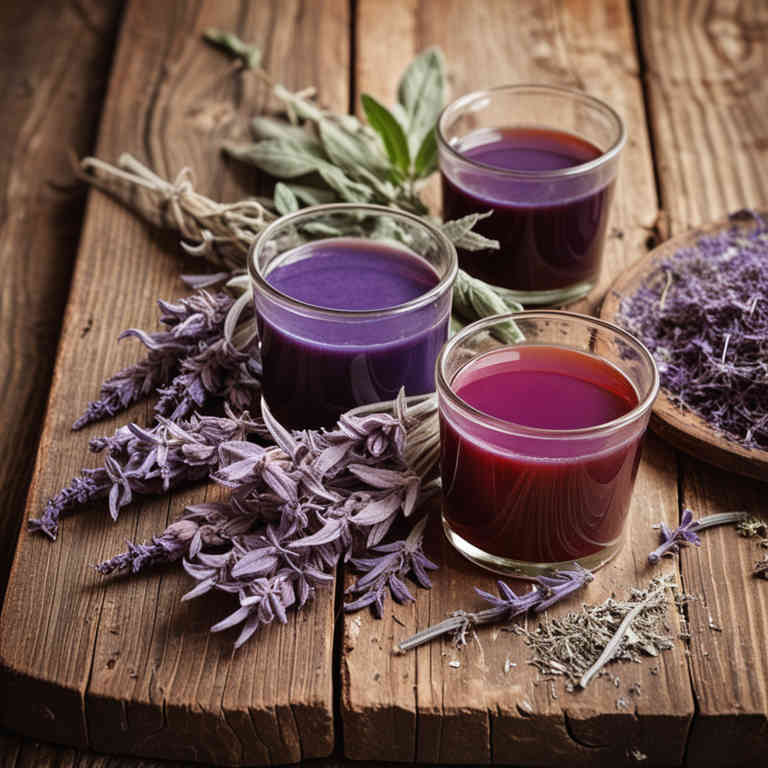
Salvia officinalis, commonly known as sage, has been traditionally used in herbal medicine for its potential therapeutic properties, including its use in managing fever.
The leaves of sage contain compounds such as thujone and cineole, which may have antimicrobial and anti-inflammatory effects that could support the body's natural defenses against infections that often accompany fever. Sage herbal juice, made by steeping fresh or dried leaves in water, is believed to help reduce body temperature and alleviate symptoms associated with fever. While some studies suggest sage may have mild fever-reducing properties, it is important to consult a healthcare professional before using it as a treatment, especially for children or individuals with chronic health conditions.
Overall, sage herbal juice can be a complementary remedy for fever when used appropriately and in conjunction with conventional medical care.
4. Urtica dioica

Urtica dioica, commonly known as stinging nettle, has been traditionally used in herbal medicine for its potential health benefits, including its use in managing fever.
The leaves and stems of the plant contain various bioactive compounds such as flavonoids, vitamins, and minerals that may support the body's natural healing processes. When prepared as a juice, urtica dioica can be consumed to help reduce fever by promoting detoxification and enhancing the immune response. However, it is important to note that while some studies suggest its efficacy, it should not replace conventional medical treatments for fever.
As with any herbal remedy, it is advisable to consult a healthcare professional before use, especially for individuals with existing health conditions or those taking medications.
5. Zingiber officinale

Zingiber officinale, commonly known as ginger, has been traditionally used for its medicinal properties, including its ability to alleviate symptoms of fever.
Ginger contains bioactive compounds such as gingerol and shogaol, which possess anti-inflammatory and antipyretic effects, helping to reduce body temperature. When consumed as a herbal juice, ginger can support the body's natural healing process by promoting sweating and improving circulation. To prepare ginger juice for fever, fresh ginger root is typically sliced, juiced, and mixed with water or honey for better absorption.
While ginger juice can be a supportive remedy, it should not replace professional medical advice, especially for persistent or high fever.
6. Rosmarinus officinalis
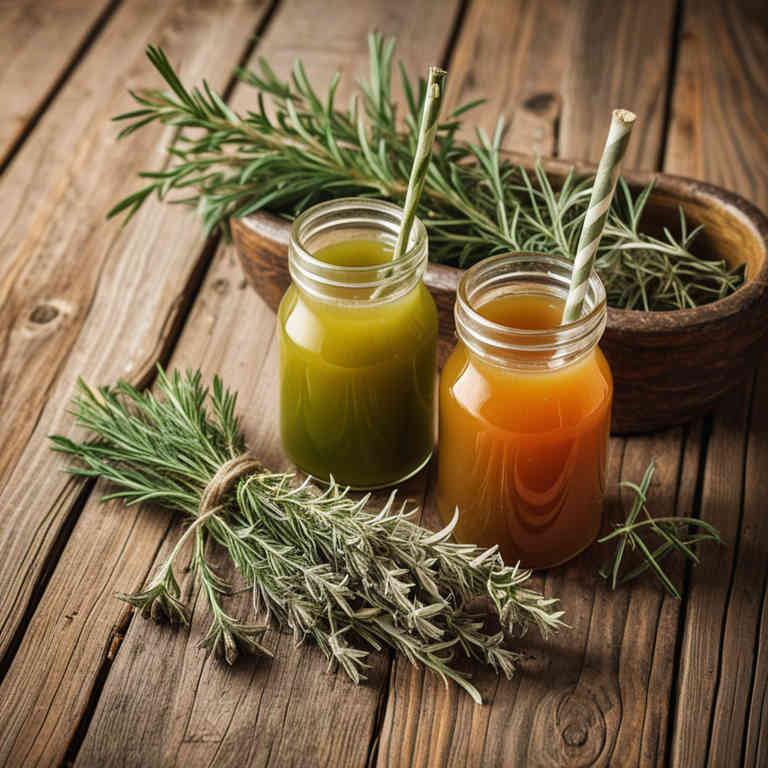
Rosmarinus officinalis, commonly known as rosemary, has been traditionally used for its medicinal properties, including its potential role in managing fever.
The essential oils and extracts from rosemary leaves contain compounds like cineole and camphor, which may help reduce body temperature and alleviate symptoms associated with fever. While rosemary is not a substitute for medical treatment, some studies suggest that its aromatic compounds can promote sweating and improve circulation, aiding in the body's natural cooling process. Herbal juices made from fresh rosemary leaves can be consumed in moderation to support the immune system during mild fevers.
However, it is important to consult a healthcare professional before using rosemary or any herbal remedy, especially for prolonged or high fever conditions.
7. Curcuma longa

Curcuma longa, commonly known as turmeric, is a popular herbal remedy that has been traditionally used for its potential health benefits, including its anti-inflammatory and antioxidant properties.
Turmeric-based herbal juices are often prepared by combining fresh turmeric root with water, lemon, honey, or other natural ingredients to enhance flavor and absorption. These juices are believed to support the body's natural healing processes and may help reduce fever by promoting detoxification and reducing inflammation. While some studies suggest that curcumin, the active compound in turmeric, may have mild antipyretic effects, more research is needed to confirm its efficacy in treating fever.
As a complementary therapy, turmeric juice can be a gentle and natural option for managing mild fevers, though it should not replace medical treatment for high or persistent fevers.
8. Glycyrrhiza glabra
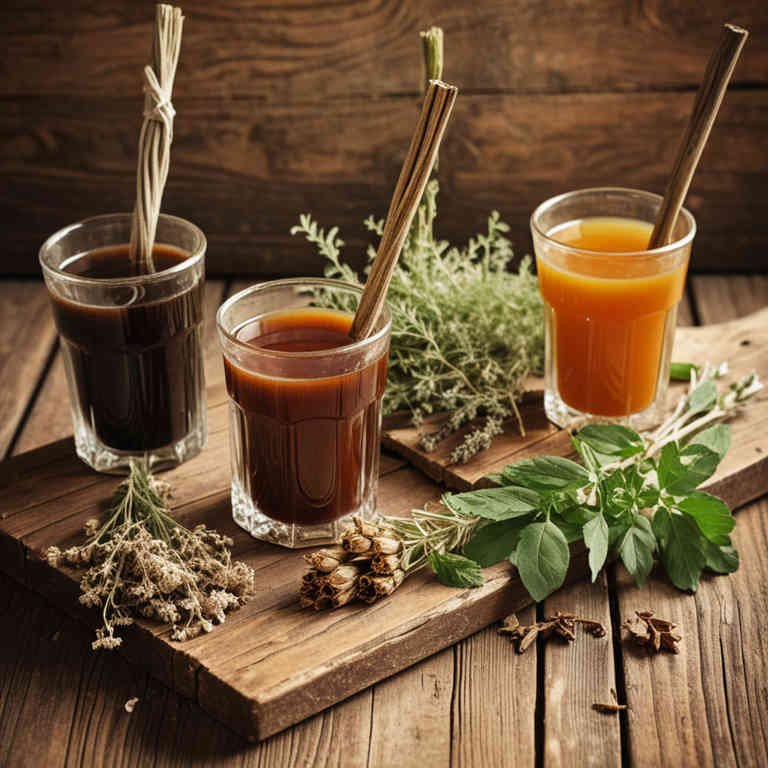
Glycyrrhiza glabra, commonly known as licorice, has been traditionally used in herbal medicine for its potential benefits in reducing fever.
The herbal juice extracted from the roots of Glycyrrhiza glabra contains compounds like glycyrrhizin, which may have anti-inflammatory and antipyretic properties. In some traditional systems of medicine, such as Ayurveda and Chinese medicine, licorice juice is often used as an adjunct therapy to help lower body temperature during fever. However, it is important to note that while licorice may offer some supportive benefits, it should not replace conventional medical treatments for fever, especially in severe cases.
Always consult with a healthcare professional before using licorice juice or any herbal remedy for fever.
9. Thymus vulgaris
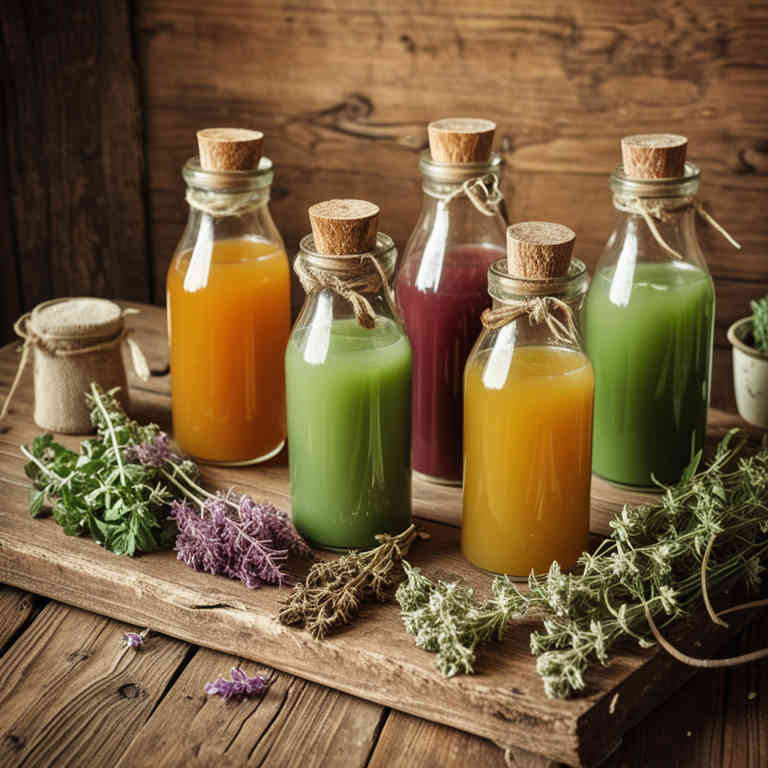
Thymus vulgaris, commonly known as thyme, is a herb that has been traditionally used for its medicinal properties, including its ability to support the body during fevers.
The essential oils and volatile compounds in thyme, such as thymol and carvacrol, are believed to have antiseptic and anti-inflammatory effects that may help reduce fever symptoms. Thyme herbal juices are often prepared by steeping fresh or dried thyme leaves in water or a base of juice, allowing the beneficial compounds to be extracted for consumption. These juices are sometimes recommended as a natural remedy to promote sweating and help lower body temperature in cases of mild fever.
However, it is important to consult with a healthcare professional before using thyme-based remedies, especially for children or individuals with chronic health conditions.
10. Achillea millefolium
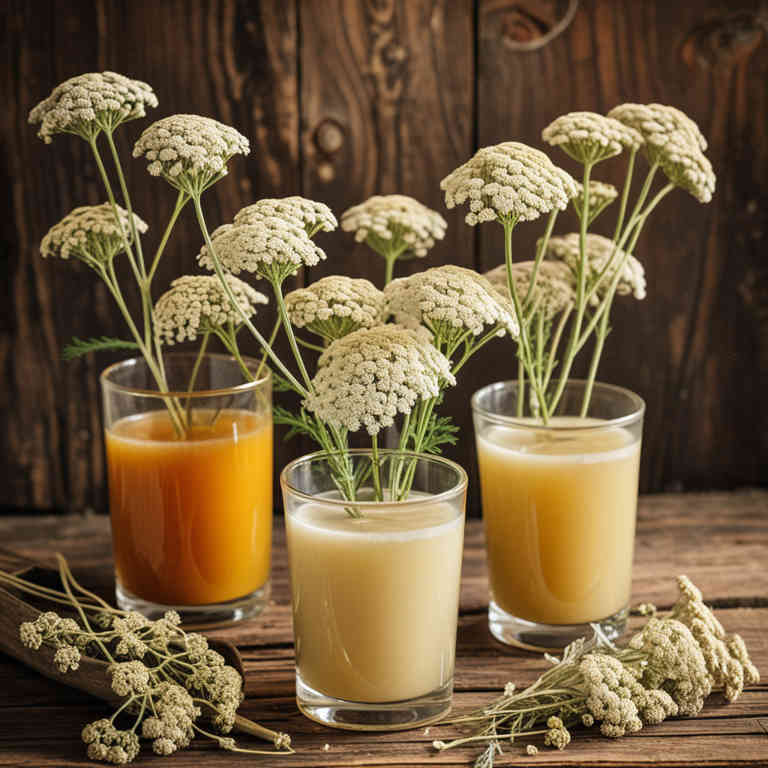
Achillea millefolium, commonly known as yarrow, has been traditionally used in herbal medicine for its potential fever-reducing properties.
The plant contains various bioactive compounds, including flavonoids and essential oils, which may help regulate body temperature and support the immune system. While some historical uses suggest that yarrow infusions or decoctions can be beneficial for mild fevers, it is important to note that herbal juices made from yarrow should be used with caution and under the guidance of a healthcare professional. These juices may have mild antipyretic effects, but they are not a substitute for conventional treatments, especially for high or persistent fevers.
Always consult a qualified herbalist or physician before using yarrow or any herbal remedy for fever management.